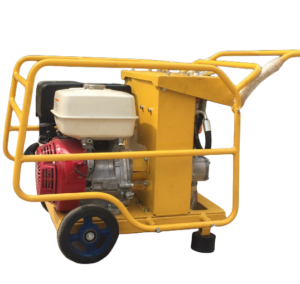The synchronous lifting jack is a hydraulic device used for the synchronous lifting and hoisting of large equipment or structures. The following is its related introduction:
working principle
The hydraulic system drives multiple jacks to work simultaneously. By taking advantage of the incompressibility of liquids and PASCAL’s principle, the pressure is evenly transmitted to each jack, enabling them to lift heavy objects with the same displacement or force and achieving the effect of synchronous lifting.

structural features
It is usually composed of a cylinder block, a piston, a piston rod, a sealing device, etc.
It is made of high-strength materials and features high load-bearing capacity and stability.
Equipped with high-precision displacement sensors or pressure sensors, it can monitor and control the working status of the jack in real time.
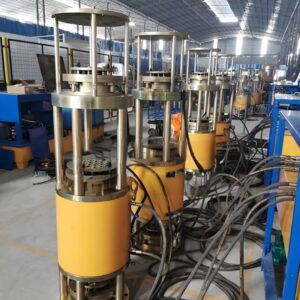
performance parameter
Rated load: Ranging from several tons to hundreds of tons, the appropriate specification can be selected according to actual needs.
– Synchronization accuracy: Generally, it can achieve ±1mm or even higher accuracy, ensuring the stability of the lifted object.
– Working stroke: Depending on the specific application scenario, the stroke range can be from tens of millimeters to several meters.
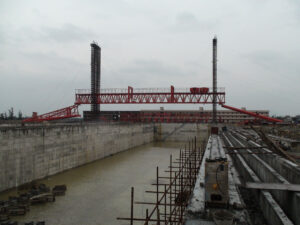
application domain
Large-scale bridge construction and maintenance, such as bridge jacking, replacement of bearings, and overall lifting, etc.
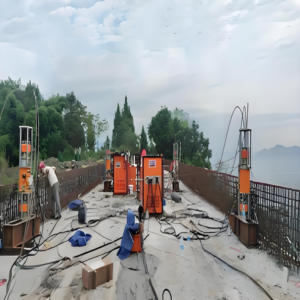
Installation of large-scale equipment, such as the stator of generators in power plants and the positioning of large-scale chemical equipment.
It is used in high-rise building construction to lift formwork, steel structures and other components.
In the field of cultural relics protection, the overall relocation or lifting protection of ancient buildings, sculptures, etc. is carried out.

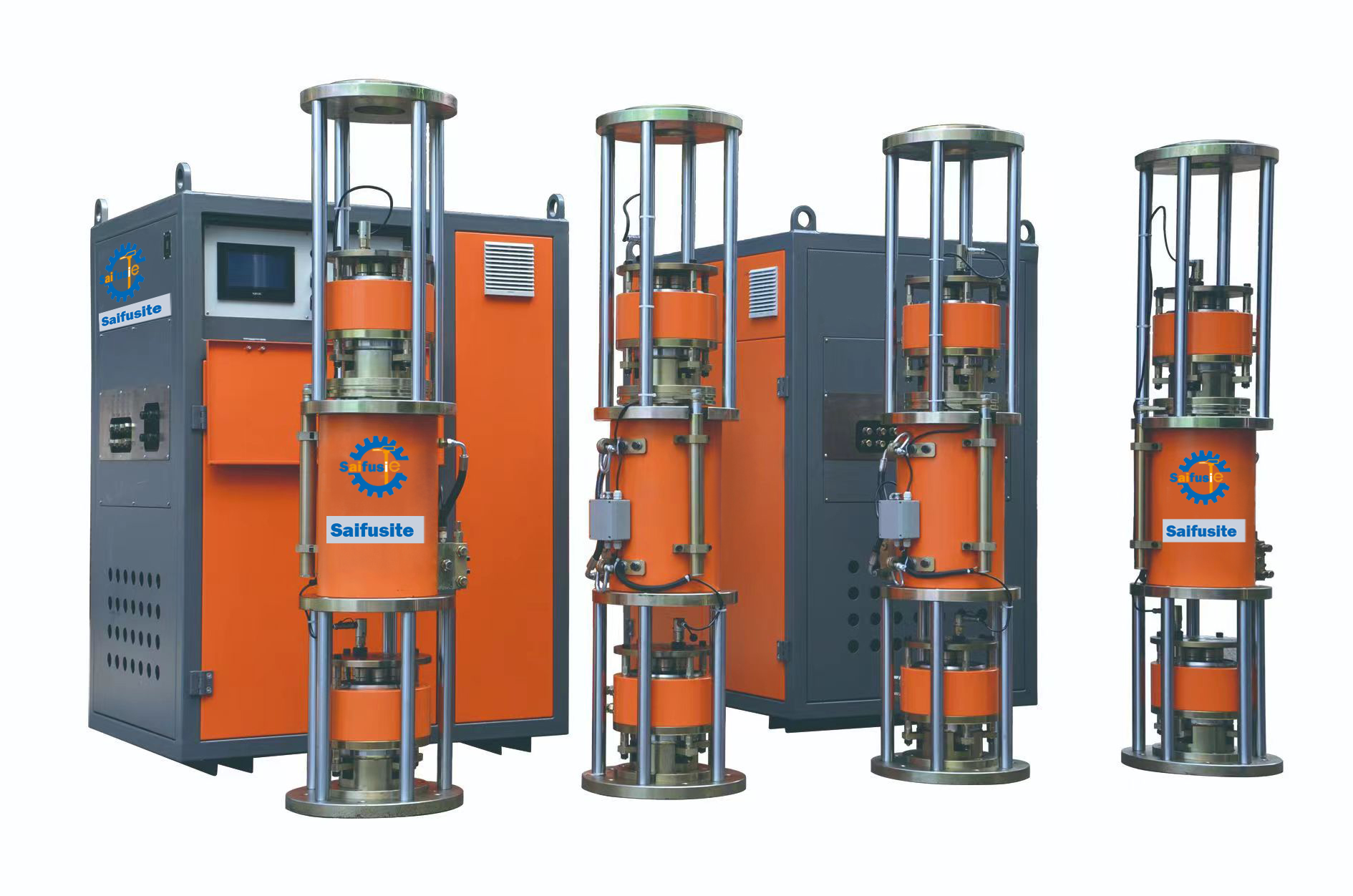
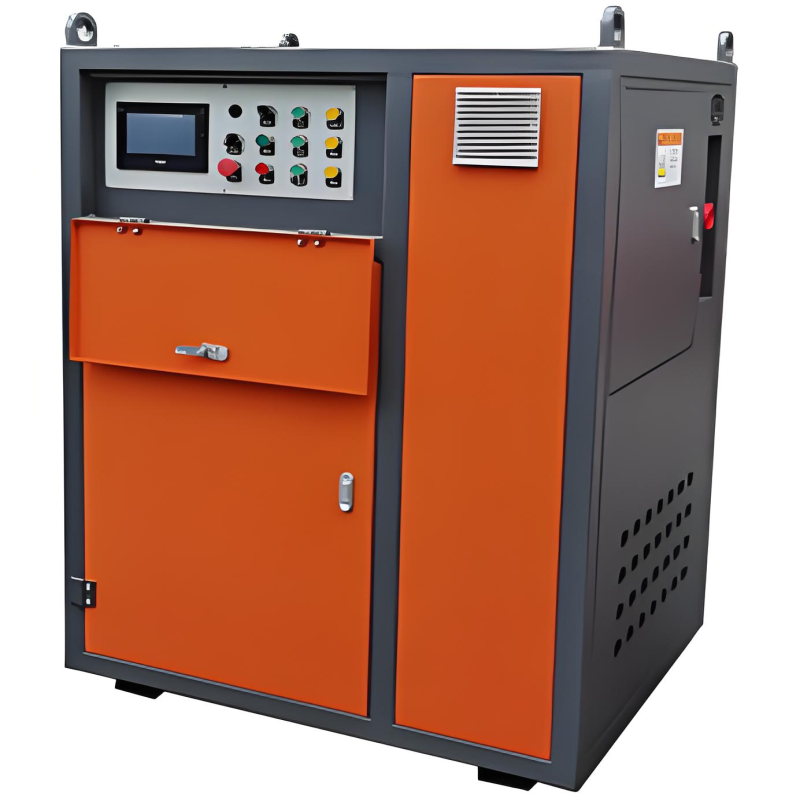
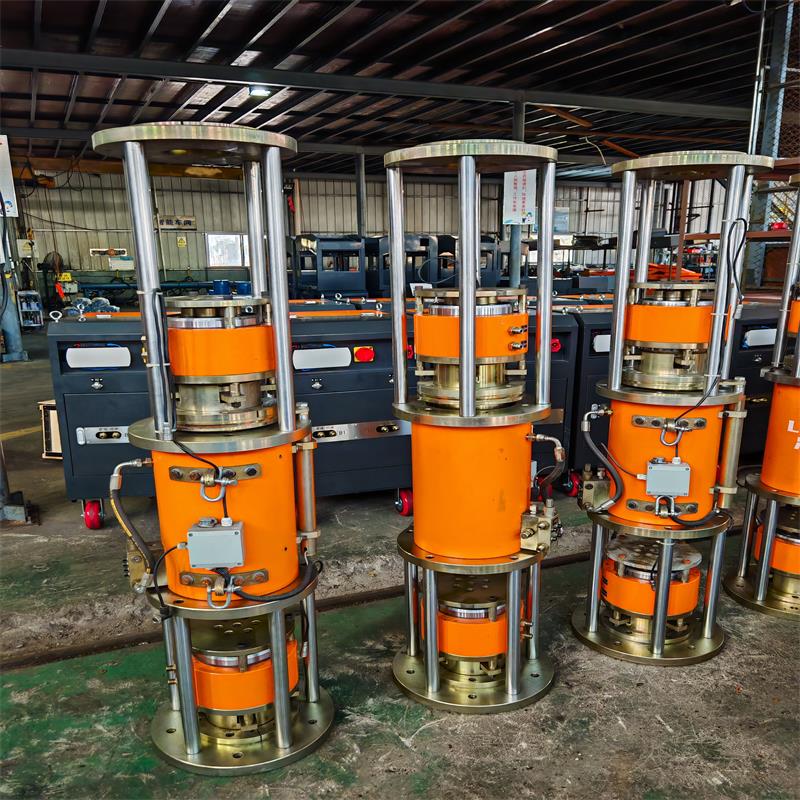
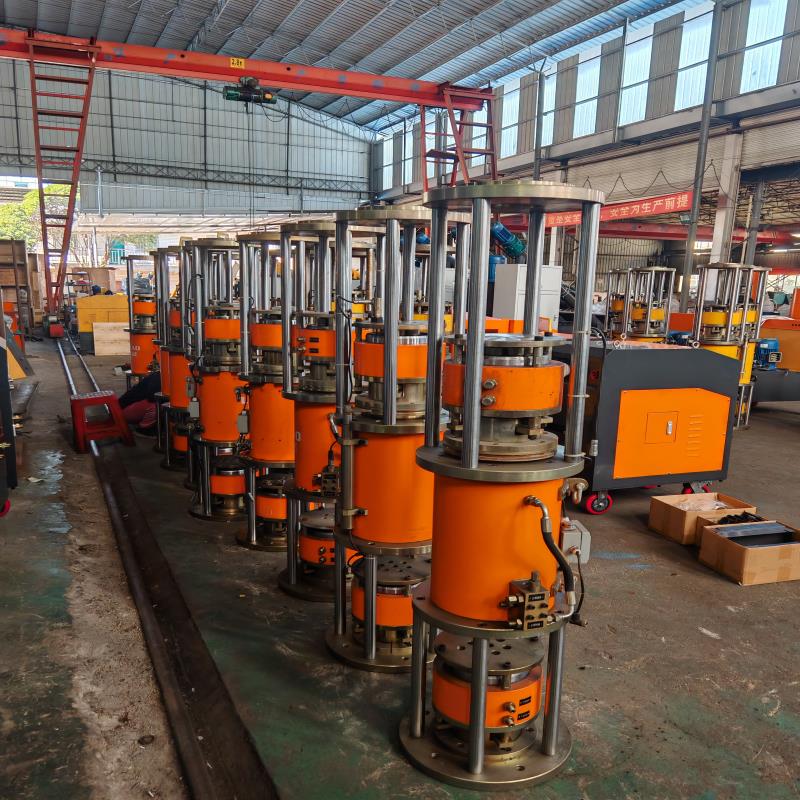
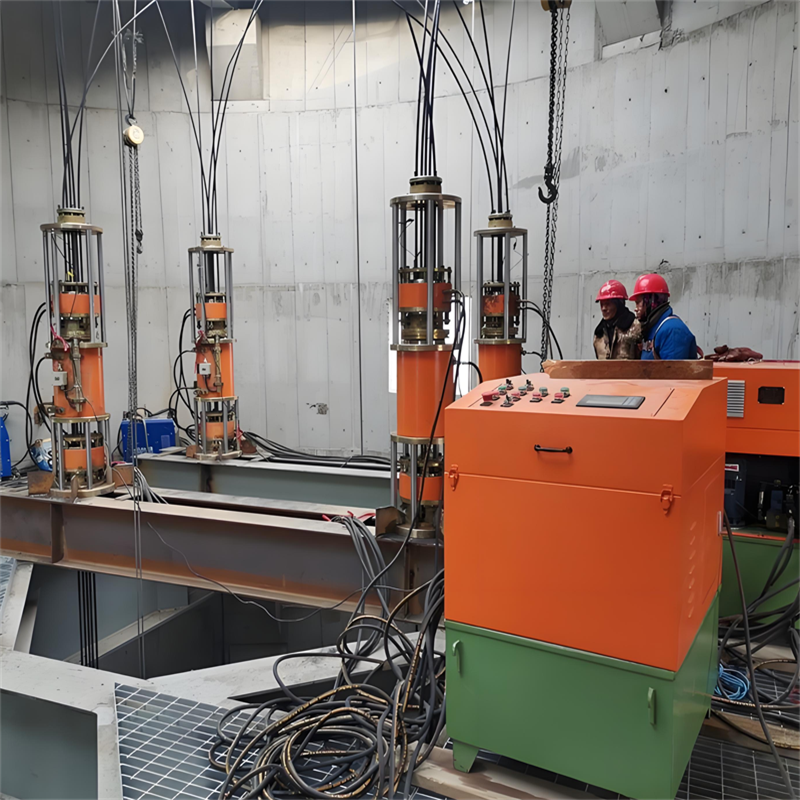
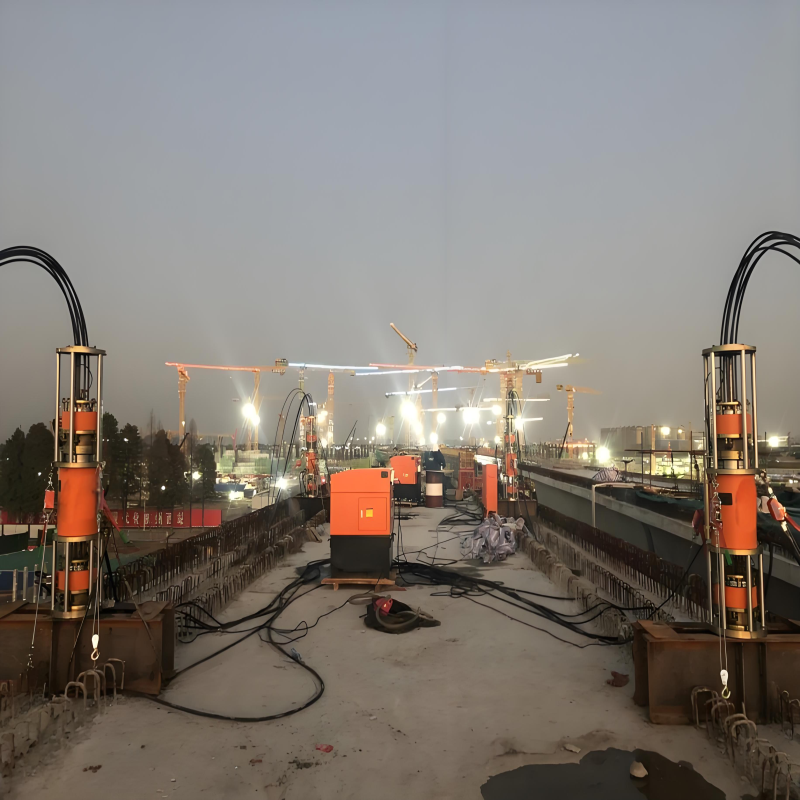
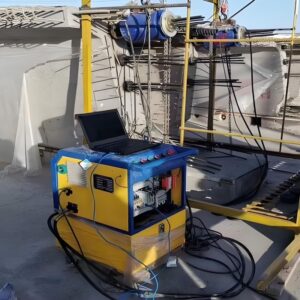
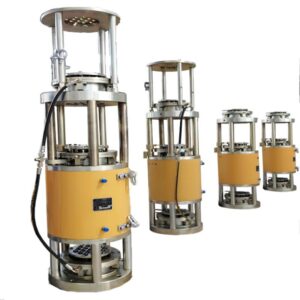
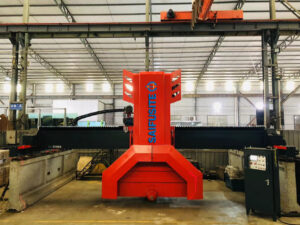
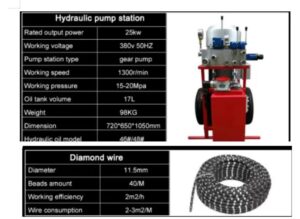
-300x214.png)
